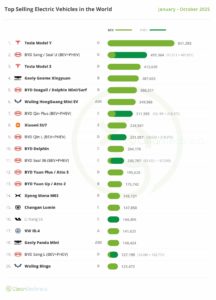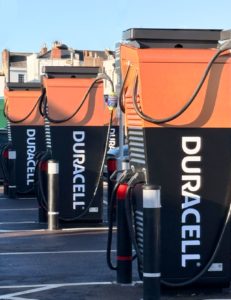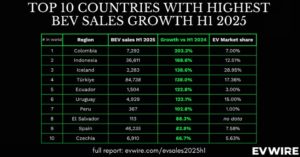In week 1 we added the following reports:
- Grid Integration of Electric Vehicles | IEA
- Market intelligence report | Bax & Company
- Electric Vehicle Charging Infrastructure Trends from the Alternative Fueling Station Locator: Second Quarter 2022 | NREL
- Electric Vehicles Charging Infrastructure Demand and Deployment: Challenges and Solutions | MDPI
The reports are shared and available free of charge in our database.
Integrating electric vehicle charging into the grid
The transition to electric transportation is quickening in many places throughout the world, but by utilising numerous synergies, preparing institutions may ensure that it proceeds smoothly. Due to the cross-sectoral nature of electric mobility, institutions must interact with a wide range of stakeholders from the mobility and power sectors as well as the building and real estate sectors. Silos in ministries and the business community need to be dismantled in order to connect effectively across sectors and assist planning.
This report aims to serve as a guide for policymakers in efficiently integrating electric vehicle charging into the grid, therefore aiding road transport electrification and decarbonization. The major phases are as follows: preparing institutions for the transition to electric mobility, analysing the grid implications, adopting grid integration measures, and enhancing power system planning.
Grid Integration of Electric Vehicles | IEA
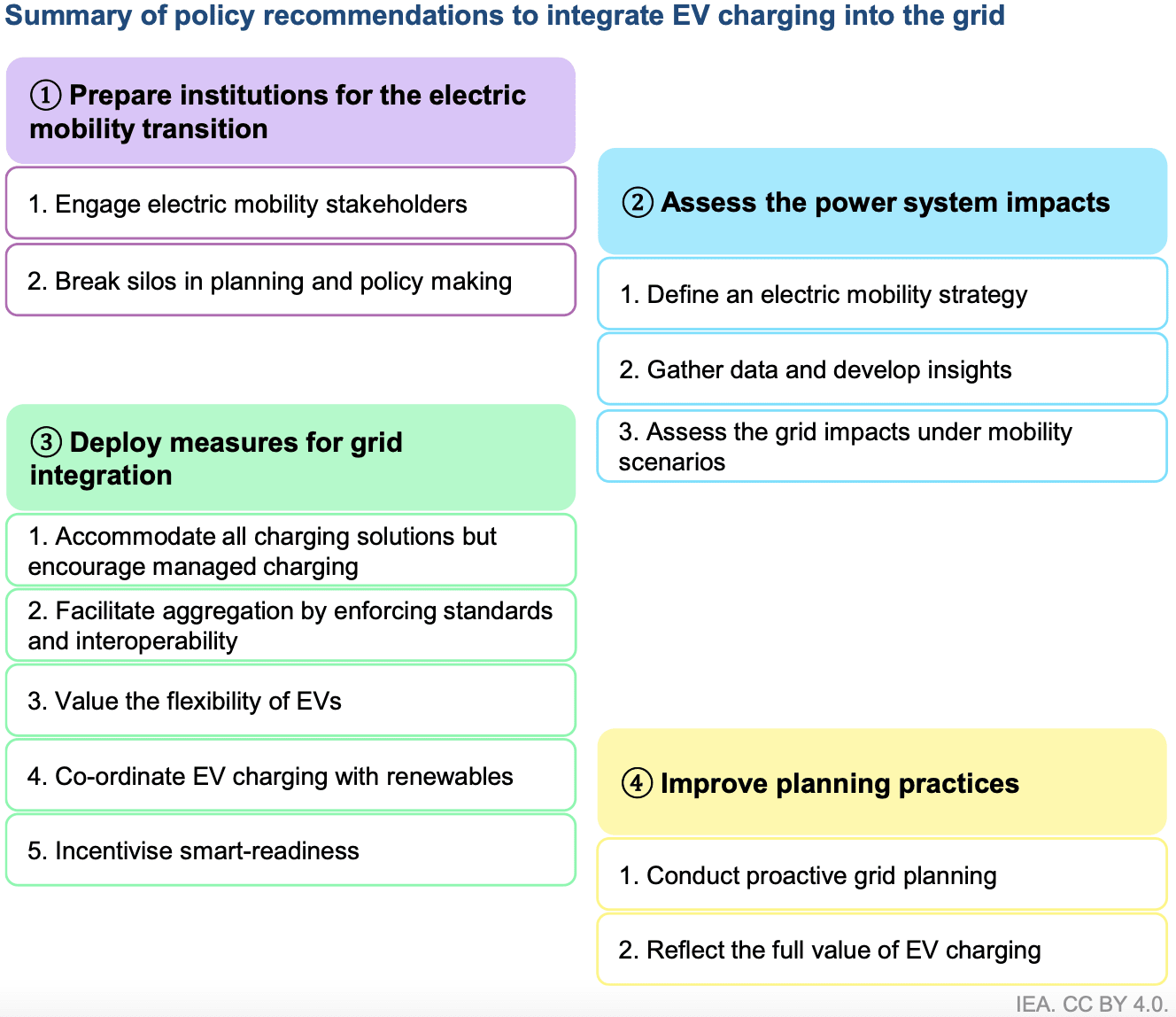
Showcasing the range of second-life applications
With the pandemic, the war in Ukraine, and other related events severely disrupting supply chains, the trend of steadily declining Li-ion battery pricing has suddenly reversed. Batteries increased in price for the first time in the twenty-first century, hitting $151/kWh for new packs globally in 2022, a 7% increase from the previous year in real terms. This result might create new prospects for second-life solutions more quickly than expected. Therefore, addressing the remaining technological, commercial, and governmental barriers impeding the use of recycled batteries becomes both urgent and economically necessary.
This Industry Intelligence Report seeks to describe the repurposing procedure, showcasing the range of second-life applications, and providing an overview of important energy storage market figures. It also highlights crucial factors to consider when constructing storage systems from old batteries, and identifies potential difficulties that could present interesting opportunities for both research and business.
Market intelligence report | Bax & Company
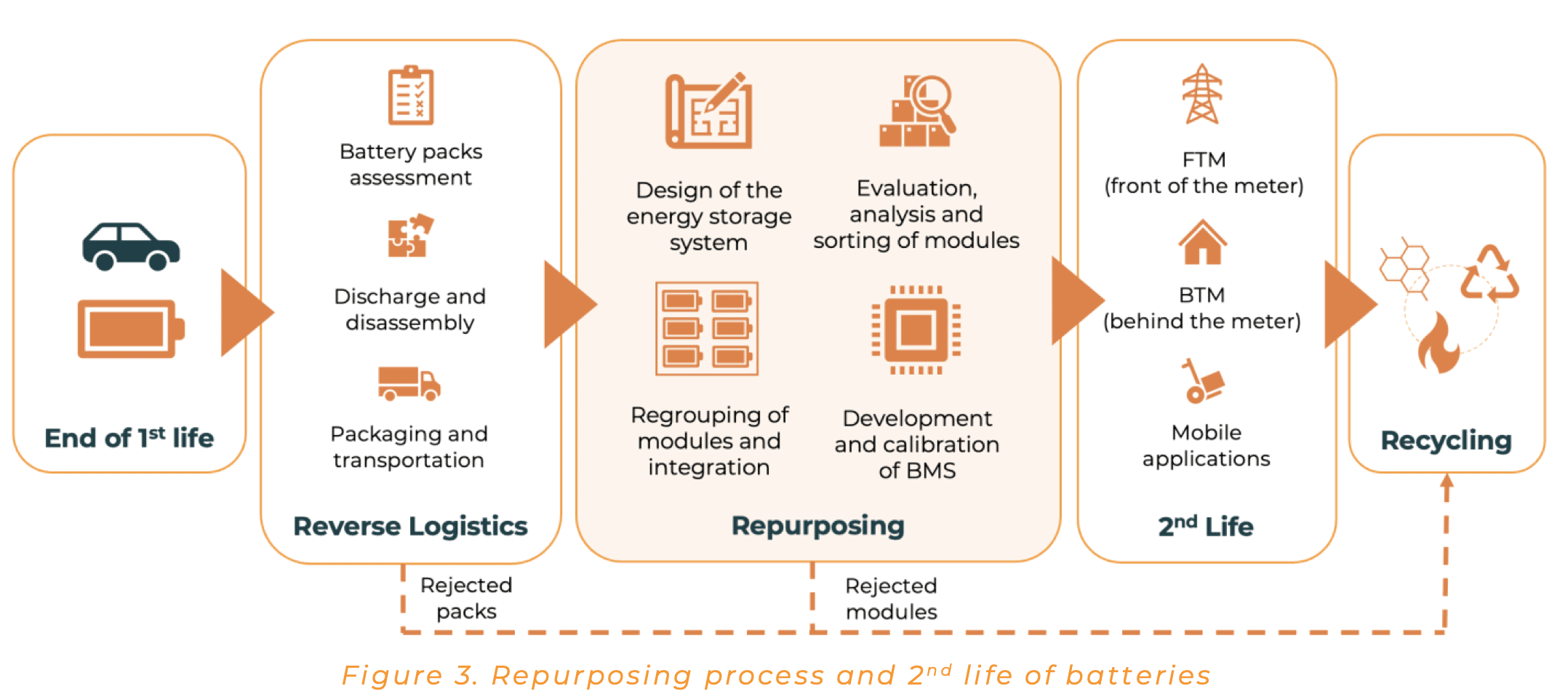
The State of EV Charging Infrastructure in the United States
The number of EVSE ports in the Station Locator increased by 6.165 ports, or 4.6%, in the second quarter of 2022. The overall number of public EVSE ports in the Station Locator increased by 5.1%, or 5,875 ports, bringing their total to 121,778. Public EVSE ports make up the bulk of ports in the Station Locator. Although California, which has approximately one-third of the nation’s public charging infrastructure, continues to lead the nation in the number of public ports, the Mid-Atlantic area saw the biggest gain in public charging infrastructure in Q2 (6.7%).
This report offers an overview of the condition of EV charging infrastructure in the United States as of the second calendar quarter of 2022 (Q2 2022), broken down by charging level, network, and location. This report also compares the condition of the charging infrastructure now to two possible scenarios for infrastructure needs in 2030.
Electric Vehicle Charging Infrastructure Trends from the Alternative Fueling Station Locator: Second Quarter 2022 | NREL
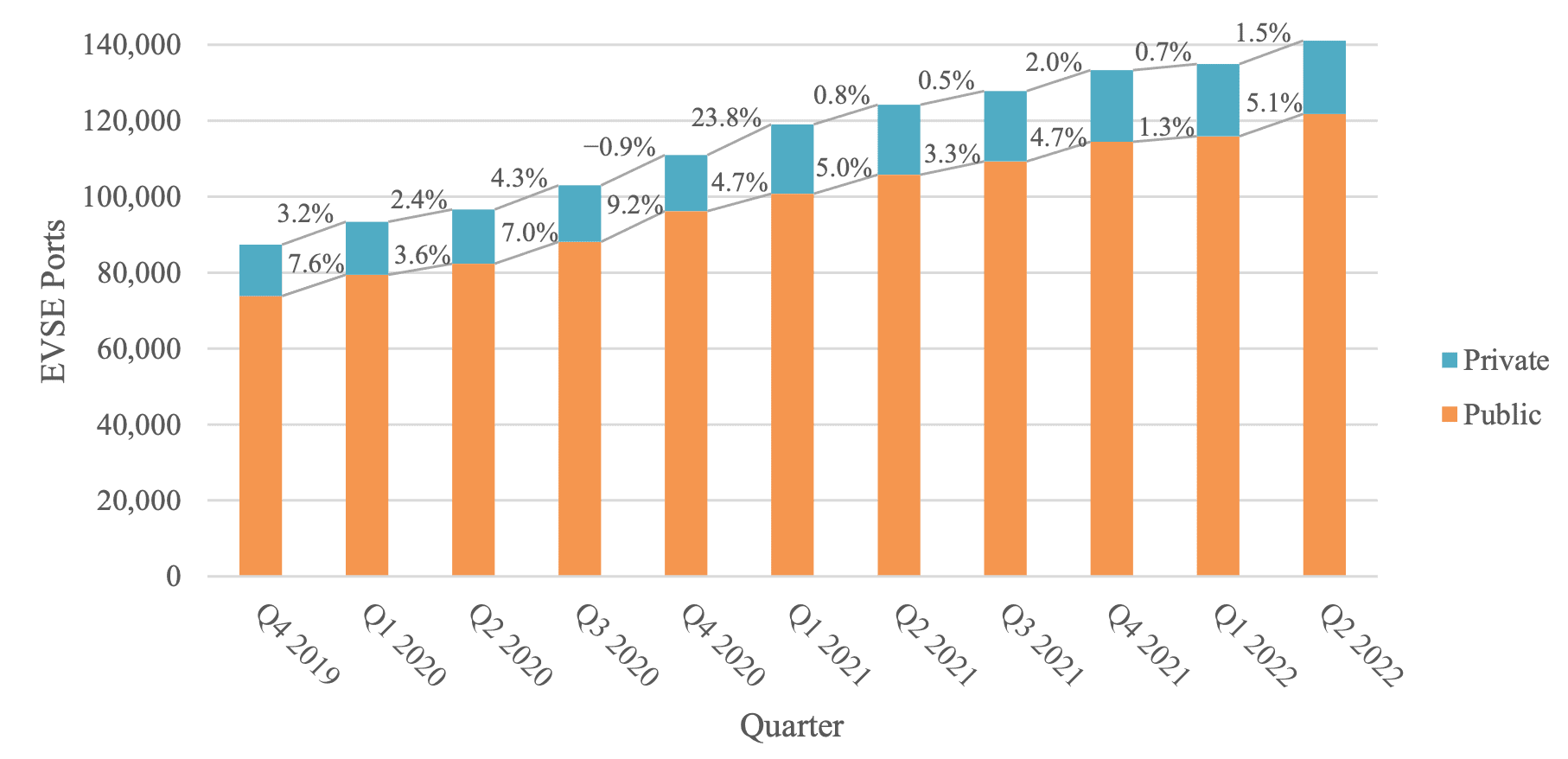
The placement of charging stations, the scheduling of charging activities, and the overall charging infrastructure setup.
Current trends suggest that electrical vehicles (EVs) are a beneficial transportation technology for the road network. A deterrent to the adoption of EVs will be the absence of convenient charging outlets. As a result, academics from all over the world are becoming increasingly interested in the positioning of charging stations and the timing of charging activities. several planning and scheduling models have been put forth. Each approach is distinct and has benefits and drawbacks. Additionally, the performance of the models varies and depends on the environment. A paradigm that works in a developing nation might not in a developed nation, and vice versa.
This report offers a categorization and analysis of the positioning of charging stations, the planning of charging activities, and the overall charging infrastructure situation. The difficulties and solutions related to the need for and development of EV charging infrastructure are also provided in this report. This report also emphasises the suggestions and potential of EV charging infrastructure.
Electric Vehicles Charging Infrastructure Demand and Deployment: Challenges and Solutions | MDPI
If you have any suggestions please consider providing feedback or uploading your report.


